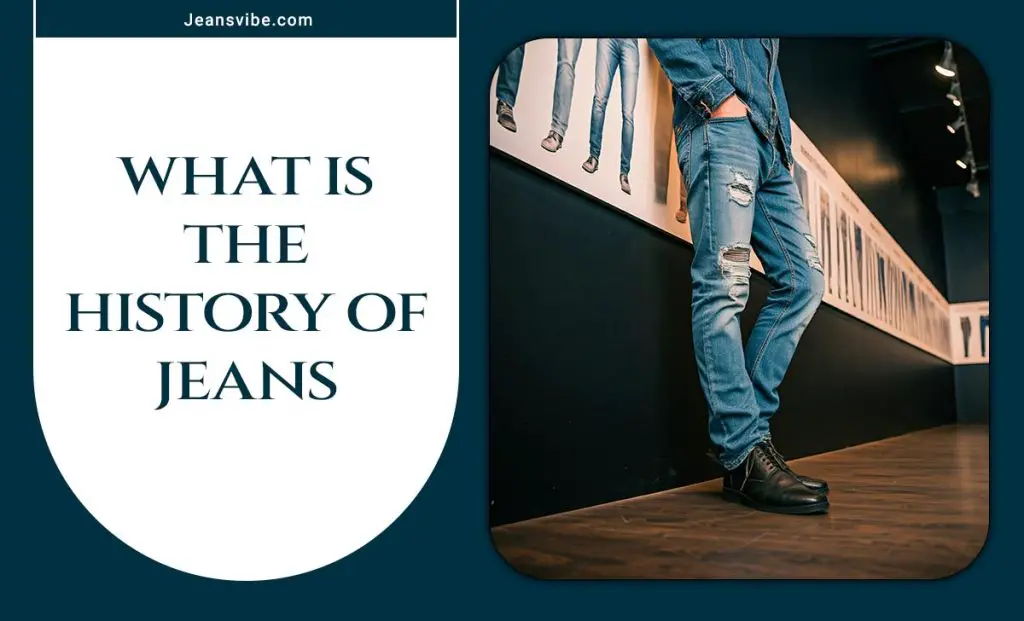Jeans are more than just a clothing item; they represent a rich history of innovation and cultural significance. Initially designed for laborers in the late 1800s, jeans have evolved into a universal fashion icon embraced by people around the world. This article explores the journey of jeans and highlights some modern-day challenges and innovations related to them.
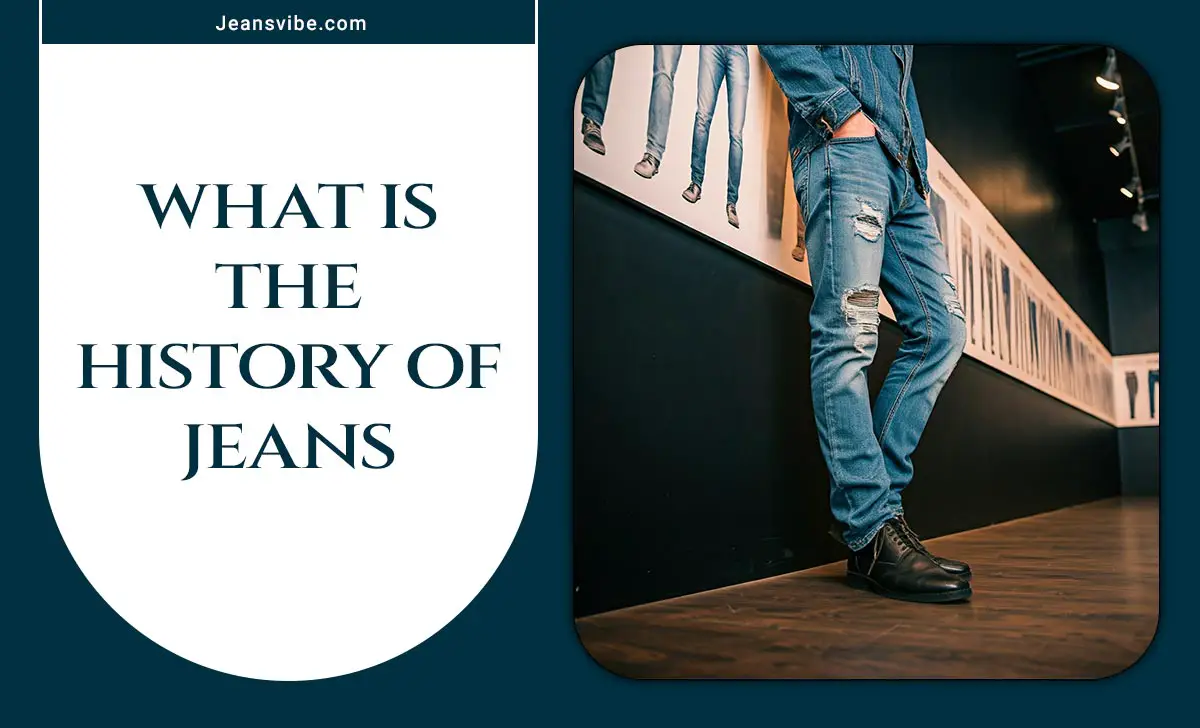
From Invention To Transition: What Is The History Of Jeans?
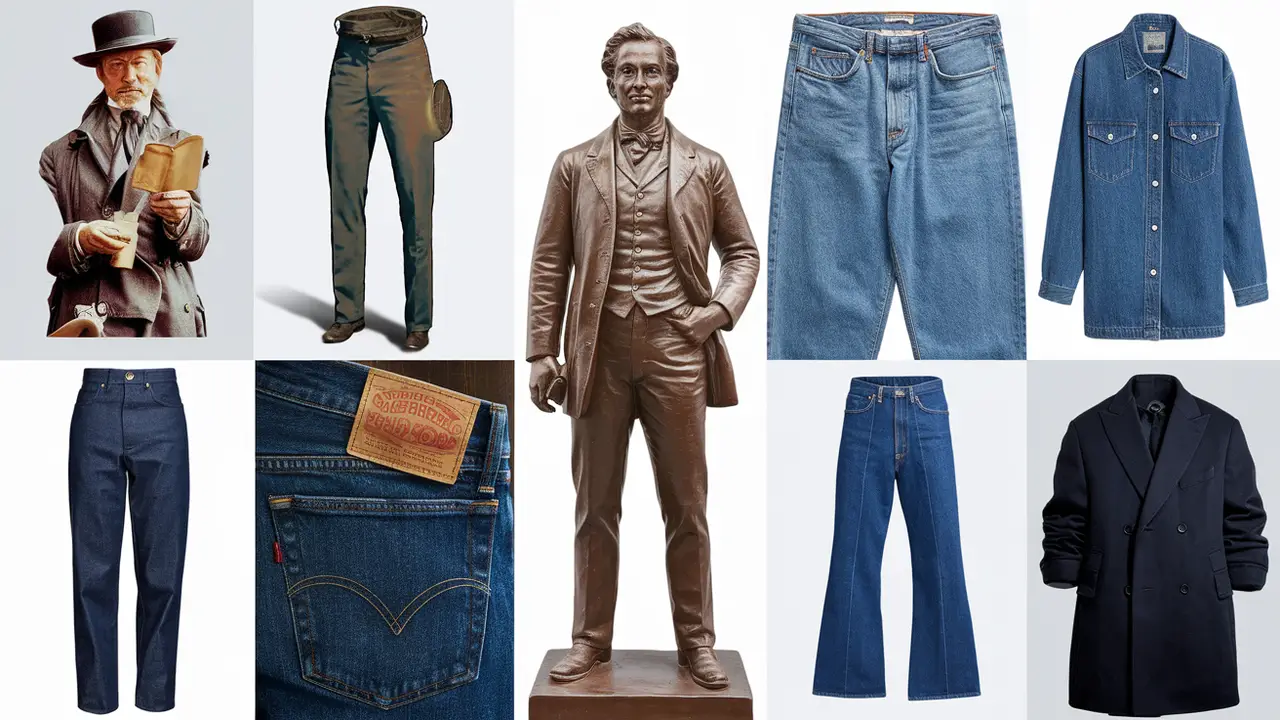
The history of jeans is a fascinating journey that reflects broader themes in American culture and fashion. From their origins as workwear to their status as an iconic American garment, jeans have evolved over time, becoming a staple in wardrobes worldwide.
Origins: The Birth Of Denim
Jeans originated in the late 19th century, with the fabric known as denim gaining popularity. The term “blue jean” refers to the distinctive blue color associated with the fabric. Workers in the American West initially wore this durable material for their trousers.
It became especially popular during the Gold Rush era. Levi Strauss, a German immigrant, played a pivotal role in this story. He began producing denim pants, or “waist overalls,” in the 1870s, targeting miners and laborers who needed durable workwear.
The Rise Of Levi Jeans
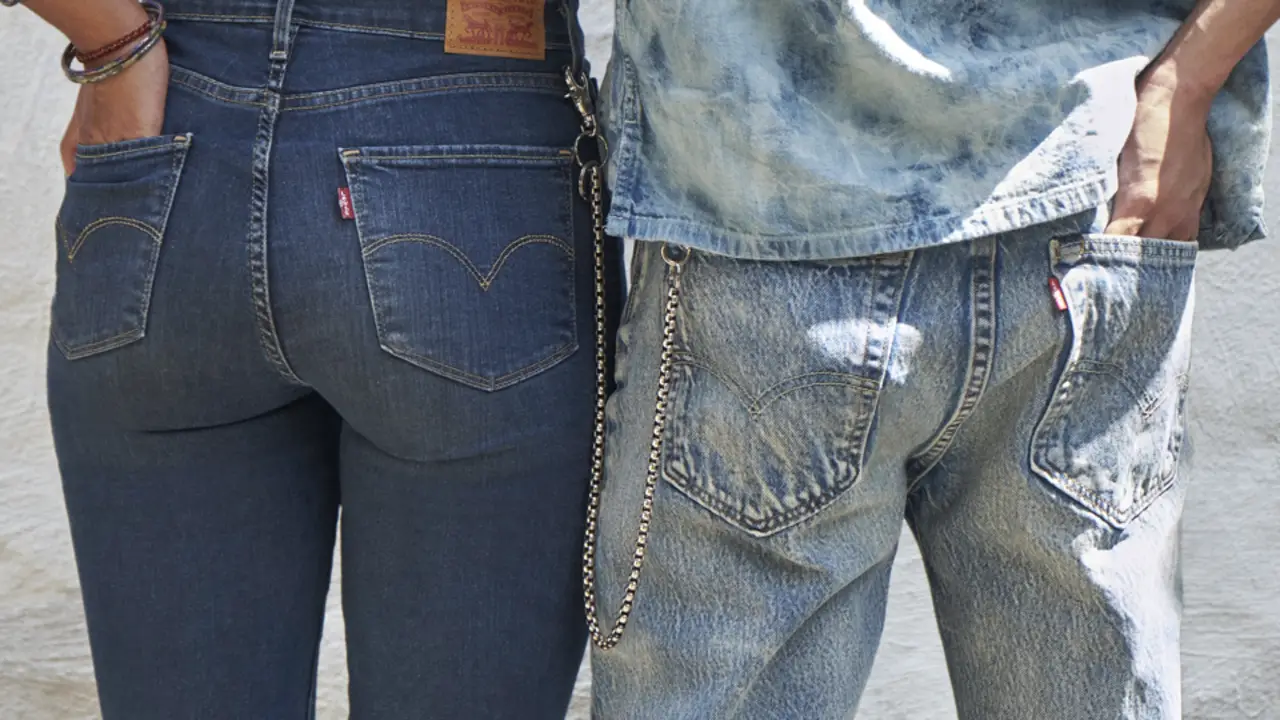
Levi Strauss & Co. created the first blue jeans as we know them today. With the introduction of copper rivets for extra durability, these denim jeans quickly became popular among workers. This innovation led to the rise of the “Levi jeans” brand, which remains a leading name in denim today. The popularity of denim pants spread beyond workwear, becoming a fashion staple over time.
Cultural Icon: Hollywood Influence
The 1950s saw jeans transition into a fashion statement, thanks in part to Hollywood. Actors like Marlon Brando and James Dean wore denim jeans in films, solidifying their place in youth culture. The rebellious image associated with jeans, combined with their comfort, made them a favorite among young people. Denim became synonymous with the “Wild One” generation, a rebellion against traditional values.
Evolving Styles
As fashion evolved, so did the styles of jeans. By the 1960s and 70s, various cuts emerged, including skinny jeans and baggy jeans. Designers began to experiment with different denim fabrics, introducing ripped jeans and embellishments, which made denim more versatile for casual wear and high fashion.
Gloria Vanderbilt and other designers created lines of women’s jeans, addressing the growing market for female consumers. This era marked the beginning of jeans as a significant segment of the fashion industry, leading to the rise of designer jeans in the 1980s and 90s.
The Modern Era
Today, jeans are more than just casual wear; they represent an enduring aspect of American culture. With the rise of brands like Levis jeans and the continued popularity of denim fabric, jeans are now worn in a variety of styles, from formal occasions to everyday comfort.
Jeans have also become a global phenomenon. They are produced and worn all over the world, influenced by diverse cultures. The historical context of enslaved people who worked in denim production in the early days of the industry is also an essential part of this story, reflecting the complex fabric of American history.
Key Milestones In The History Of Jeans
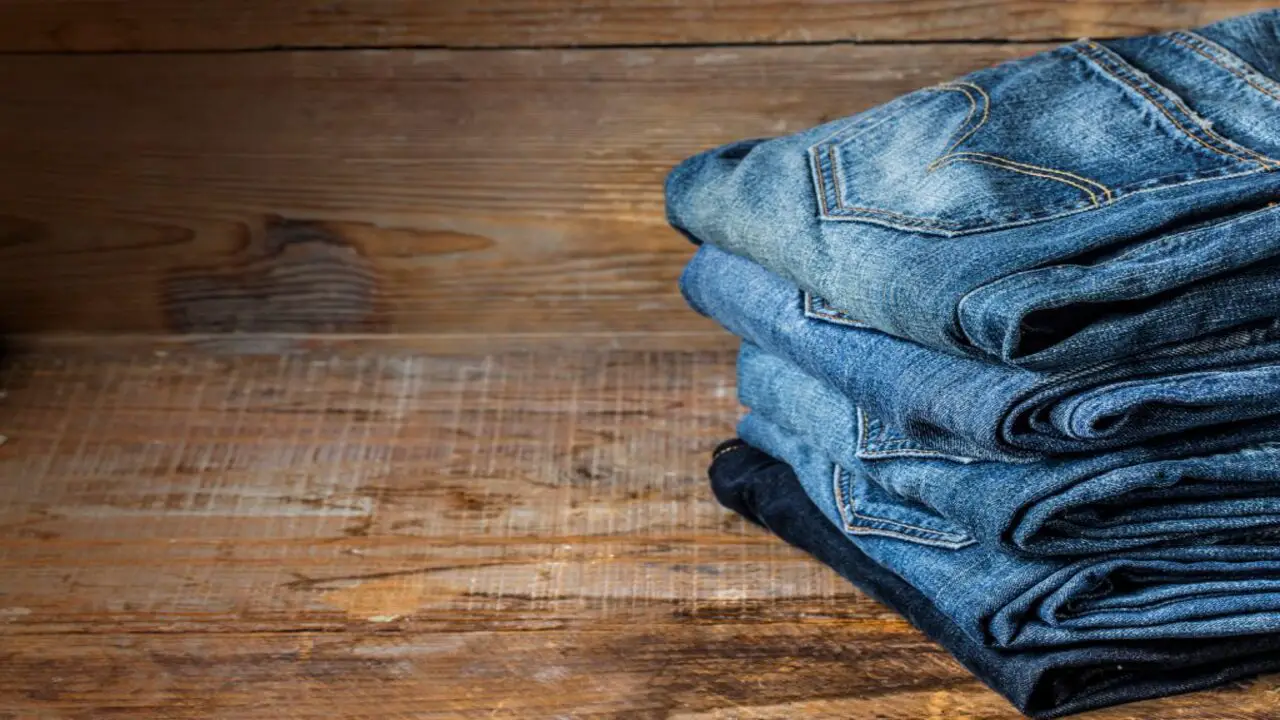
- Late 1800s: Levi Strauss and Jacob Davis patent durable denim pants for miners and laborers.
- 1950s: Hollywood stars like James Dean popularize jeans, linking them to youth rebellion.
- 1960s-70s: Jeans become symbols of social change and self-expression, influenced by the punk rock movement.
- Modern Day: Jeans are a versatile staple in fashion, accessible to all demographics.
Cultural Significance
Jeans have evolved from workwear to symbols of rebellion and self-expression. Since the 1950s, they have represented youth defiance and individuality, adapting to various cultural movements and trends in fashion. Today, jeans remain a staple, reflecting personal identity and societal changes.
Symbol Of Rebellion
In the 1950s and 60s, jeans became a powerful symbol of rebellion against traditional societal norms. Worn by youth icons like James Dean and Marlon Brando, they were associated with a spirit of defiance and nonconformity.
This shift marked a significant cultural change, particularly for women, who began to adopt jeans as a means of expressing independence and challenging gender roles. The practical, rugged nature of jeans allowed women to participate in activities previously dominated by men, thereby reshaping the fashion landscape and asserting their autonomy.
Fashion Innovation
As the decades progressed, jeans evolved into a fashion statement that embraced a multitude of styles and fits to suit various body types and preferences. The rise of subcultures and fashion trends in the 1980s and 90s led to the introduction of diverse styles such as skinny, flared, and distressed jeans.
Each iteration catered to the unique tastes of different demographics, from punk rockers favoring ripped designs to hip-hop enthusiasts embracing baggier fits. This continuous innovation in denim fashion has kept jeans relevant and adaptable, ensuring their status as a staple in wardrobes worldwide.
Conclusion
The journey of jeans from humble workwear to a global fashion staple reflects not only changes in style but also shifts in societal attitudes.
As jeans continue to evolve, they adapt to meet the needs of diverse wearers, including those facing challenges like urinary incontinence. By blending tradition with innovation, jeans remain a symbol of resilience, comfort, and self-expression in our everyday lives.
Frequently Asked Questions
1.What Are The Origins Of Jeans?
Jeans originated in the late 1800s, created for laborers by Levi Strauss and Jacob Davis.
2.Why Are Jeans Blue?
The distinctive blue color comes from indigo dye used in the denim fabric.
3.How Did Jeans Become A Fashion Statement?
Jeans gained popularity through Hollywood in the 1950s and became associated with cultural movements.
4.What Is Urinary Incontinence?
Urinary incontinence refers to the involuntary leakage of urine, affecting various individuals for multiple reasons.
5.Are There Jeans Designed For Incontinence?
Yes, certain brands now produce jeans that include features to help manage stress incontinence.
6.How Do Jeans Fit Into Modern Fashion Trends?
Jeans remain a timeless fashion choice, with various styles and fits that cater to diverse lifestyles.
7.Who Invented Jeans?
Levi Strauss is credited with creating the first denim jeans in the late 1800s.
8.What Is The Significance Of Blue Jeans?
Blue jeans symbolize American culture, representing comfort, rebellion, and a casual lifestyle.
9.How Have Jeans Evolved Over Time?
Jeans have transitioned from workwear to fashion staples, with various styles like skinny, ripped, and designer jeans emerging.
10.Why Are Jeans Considered Iconic?
Their durability, comfort, and representation in youth culture and Hollywood have solidified jeans as an iconic American garment.
11.What Materials Are Used In Making Jeans?
Jeans are primarily made from denim fabric, which is a cotton twill, but blends with other materials can create different textures and fits.


